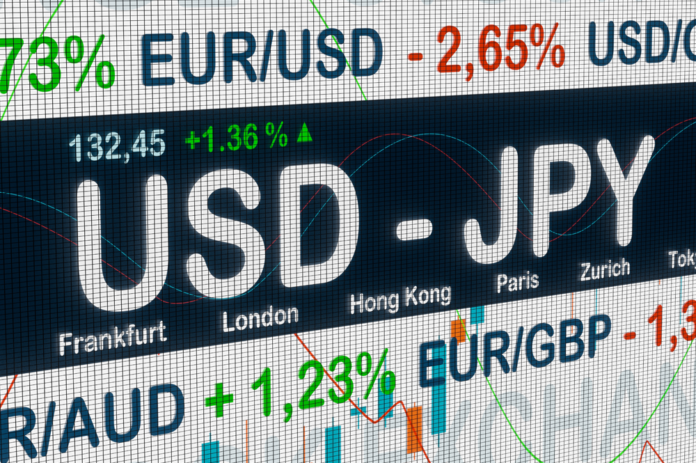The US dollar edged lower on Monday, consolidating after recent swings, as attention shifted to upcoming US inflation data for guidance on interest rates.
The dollar awaits important inflation data
Last week, the dollar experienced significant swings as mixed US economic data cast doubt on the timing of Federal Reserve rate cuts this year.
However, this volatility is expected to decrease early in the week as traders await the latest US inflation data, which will likely set the tone for near-term sentiment about possible rate cuts.
Analysts believe that next Wednesday’s CPI report will show a core inflation increase close to 3.6% year-on-year, marking the smallest rise in almost three years.
However, a higher-than-expected inflation figure would likely rule out rate cuts for the remainder of the year, which would support the dollar.
This week, investors will assess the health of the US consumer through April retail sales data, due on Wednesday, along with results from major retailers such as Walmart (WMT) and Home Depot (HD).
Pound profits from good growth data
GBP/USD rose 0.1% to 1.2531, maintaining strength after GDP data revealed that the economy grew at its fastest pace in nearly three years during the first quarter of 2024.
The EUR/USD rose 0.1% to 1.0784, although this gain could be short-lived, as the European Central Bank has already committed to a rate cut on June 6.
Eurozone inflation is expected to decrease to 2% next year, prompting European policymakers to likely begin reducing interest rates in June, as discussed in last Friday’s meeting.
Markets appear to anticipate up to three rate cuts this year, possibly two following June, with significant likelihoods in September and December when the ECB releases new economic projections.
Yuan falls to two-year lows
The USD/CNY rose 0.1% in Asia to 7.2339, reaching a two-week high, driven by Chinese inflation data released over the weekend.
In April, the consumer price index rose more than expected, fueled by Beijing’s ongoing stimulus measures that bolstered demand. In contrast, producer price index inflation contracted for the 19th consecutive month due to lagging Chinese business activity.
Investors were also concerned about China following reports last week that the Biden administration plans to impose additional trade tariffs on the country, specifically targeting China’s electric vehicle sector. This decision could potentially reignite a trade war between the world’s largest economies.
USD/JPY was up 0.1% to 155.87, hovering just below the 156 mark.
Attention focused on potential government intervention to support the currency, following at least two instances of intervention in early May. Such intervention could help lower USD/JPY from 34-year highs above 160.



